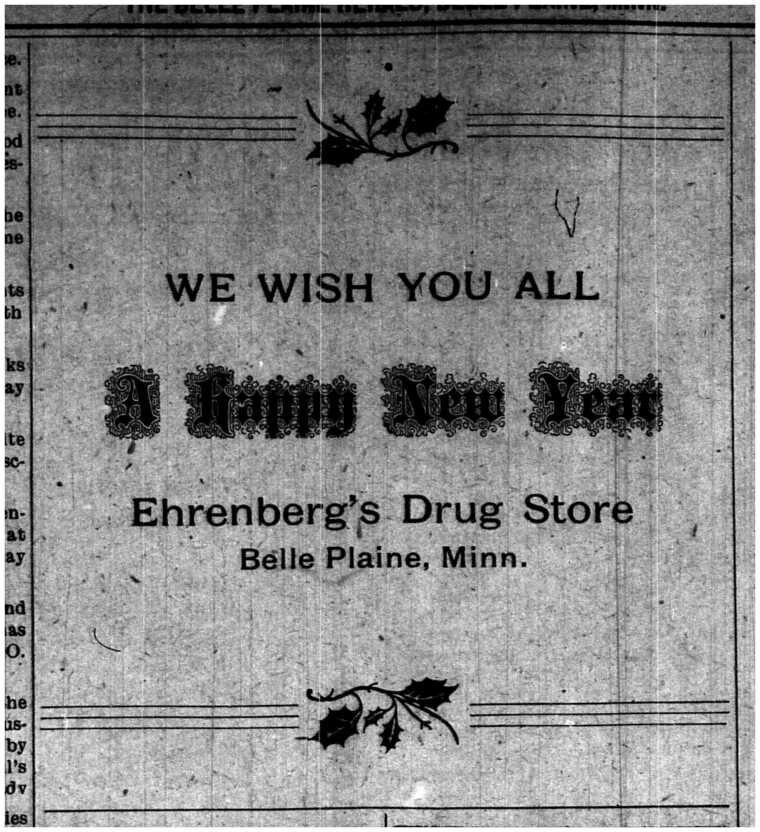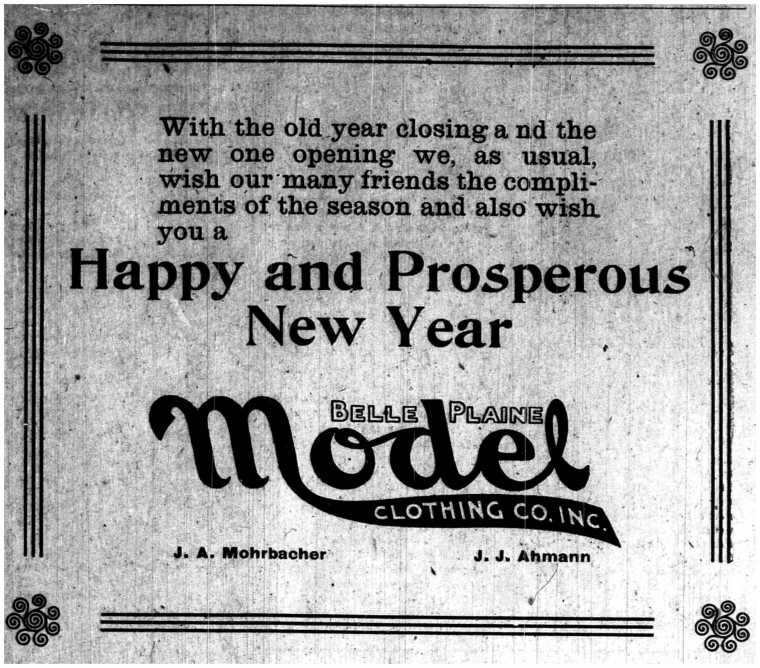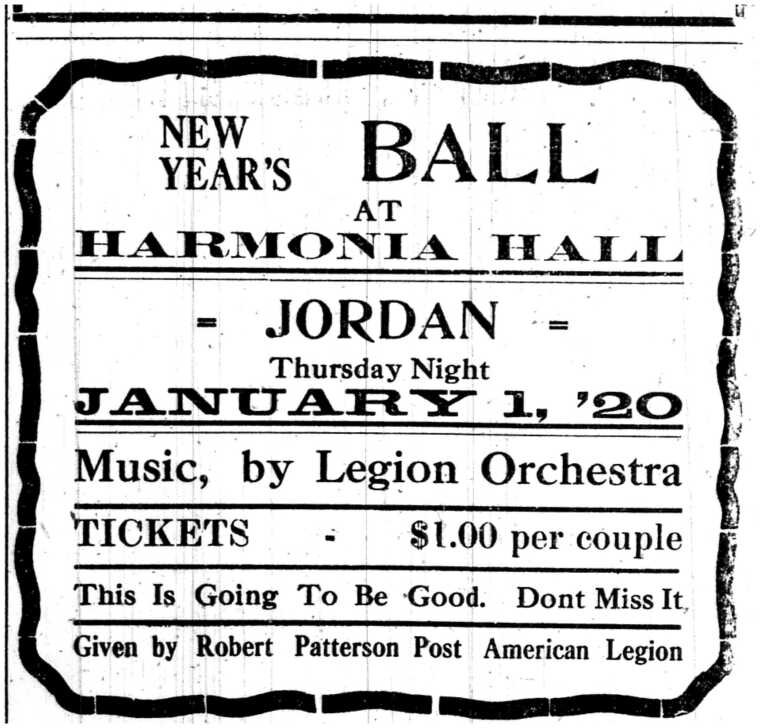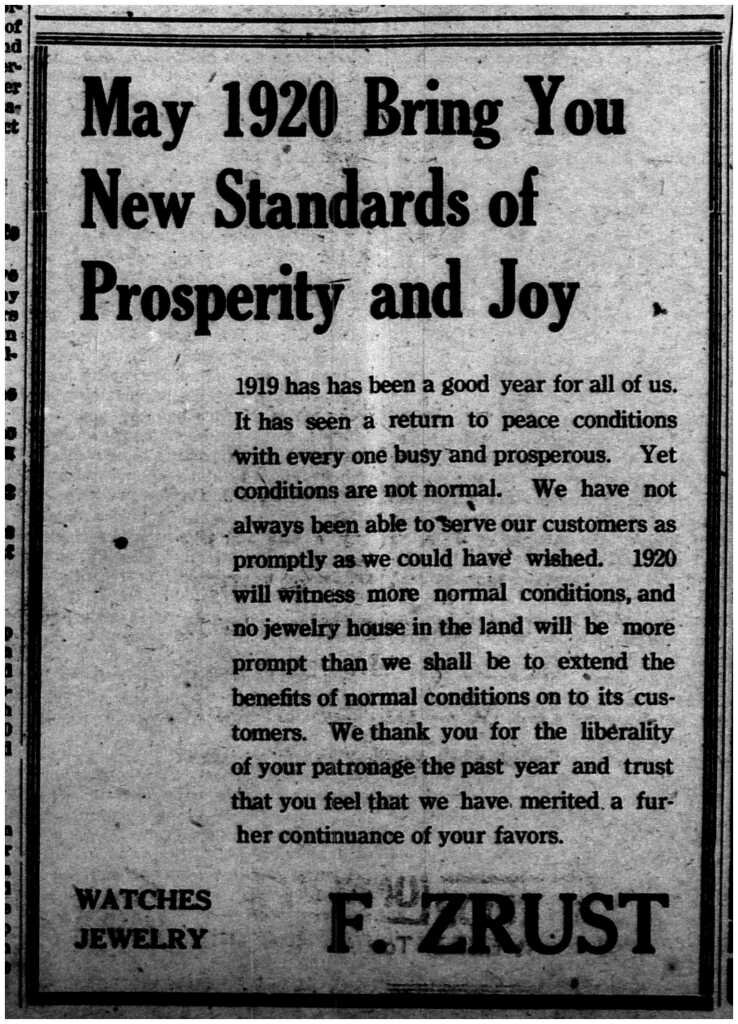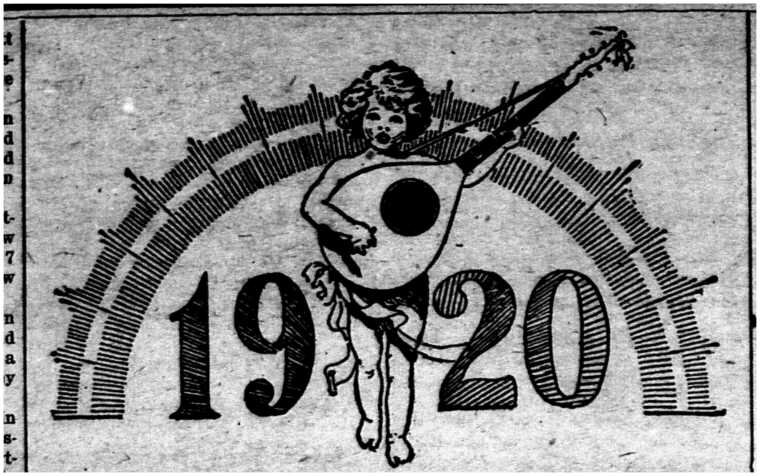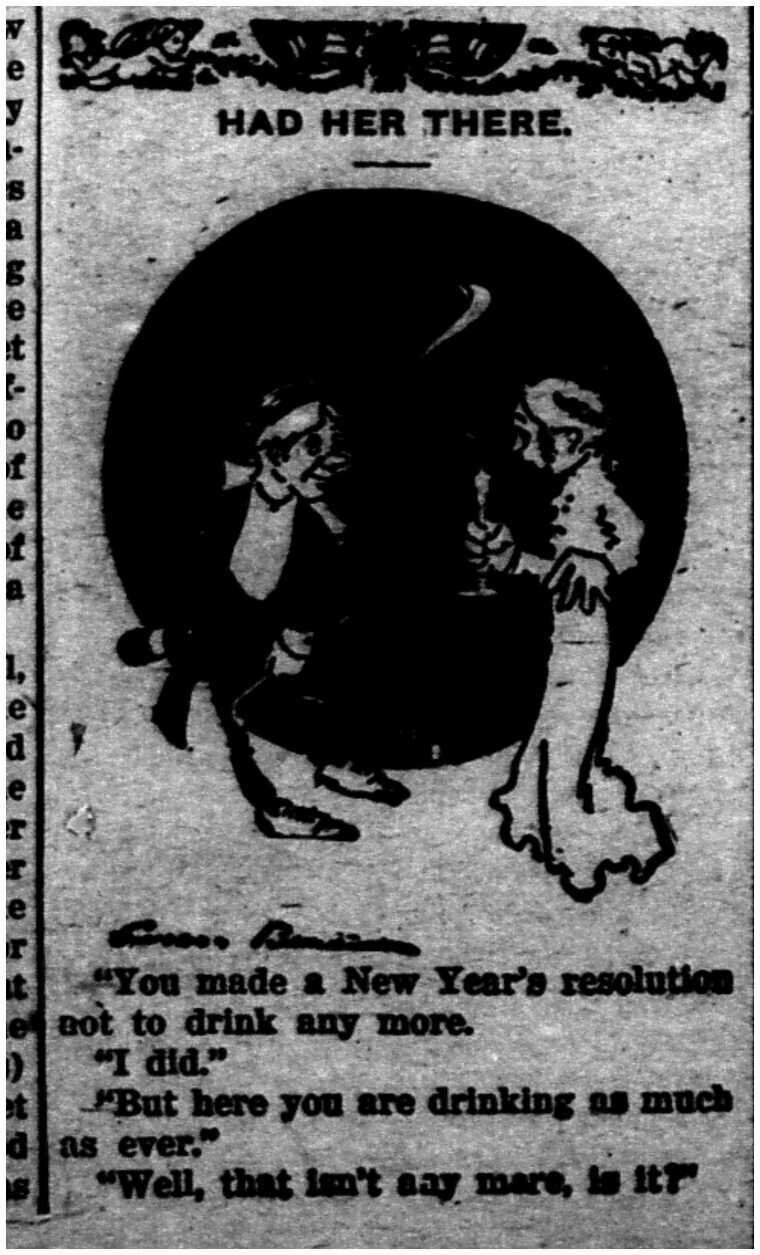The Blakeley area of Scott County is a beautiful area to visit and explore, but one of the things hidden away in this corner of the county is a history that helped build Minnesota
Ed Wards Brickyard from 1890s
and the country as we know it today. This region of our county was once home to a thriving business of brick making. These bricks, formed from local clay and fired right here in Scott County would be loaded on trains by the ton to be used in buildings in the County, Twin Cities, and across the county.
The late 19th Century saw a boom in construction across the country, industry was starting to take hold a main player in the American economy and the demands of the growing country required bricks to build factories, houses, and all manner of other construction. From the 1860s through the early 1910s the Blakeley area, including Belle Plaine, operated six different brickyards at various times through the period. At the peak of their production, this region of no more than 5 miles was producing nearly 60,000-70,000 bricks per day.
One of the first brickyards in the area was opened by I. N. Dean, the founder of Blakeley, in 1870. The brickyard employed dozens of men throughout the season and many made their way through the winter by helping prepare for the next season by cutting timber. The largest of the brick kilns in the area measured in at 35 feet long and 20 feet high, it was powered by cotton wood that was typically cut the winter beforehand.
The region had several brickyards which operated throughout the years, the major yards were: Wiest and Daugs, Mierbachtol, Ed Ward’s, Peter Becker’s, Jacob Krenz’s, and Dean’s Yard. Dean’s would eventually be bought out in 1882 by A. Wiese and operated by Sam Kahn until it closed in 1914. These brickyards produced different kinds of bricks which served several purposes. Bricks made from yellow and blue clays created bricks useful for interior construction, while red or crème colored bricks served as exterior materials. Becker’s and Krenz’s produced crème and red bricks respectively with the rest producing mainly interior brick.
When all six yards were in production they employed between 200-300 people, and the average wages for a brickyard worker in the late 1800s was around 15 cents an hour. Brickmaking requires particular conditions, though, and production would shut down if it rained or when winter came. Many of the workers that didn’t migrate for the winter, would be employed to cut timber for the kilns for the coming season. An entire winter would be required to cut enough wood to feed the massive kilns. The kilns themselves would be firing 24 hours a day with people watching it constantly to ensure it maintained the required temperature. The bricks were made from a mix of sand, water, and clay and pressed into forms to be fired.
The brick business was booming in Scott County toward the end of the 19th century, orders in the range of 2 million bricks were being submitted annually from construction firms in the St. Paul and Minneapolis with others coming from as far away as New York. Many of the bricks which came out of Belle Plaine and Blakeley went into building some of the first brick buildings in the area, especially in Belle Plaine itself. Beginning in the 1860s, the Blakeley region and Belle Plaine were churning out bricks at blinding speed, but the 1890s would see a fast decline to the once booming industry.
In 1893, the country would experience a sudden and deep depression, the Panic of 1893. The economy would recover within a few short years, and it would be nothing compared to the depression which would come forty years later. Still, the Panic had driven many businessmen to halt construction of building and the demand for brick quickly began to fade. In 1894, Peter Becker’s yard for example had a surplus of over 2 million bricks due to canceled orders. The other brickyards in the area experienced similar hardships. Daugs and Wiest cut the cost of their bricks in half from $6 per brick to $3, but the writing was on the wall. Mierbachtol Brickyard was the first to close its doors from the decline in 1894, followed by Ed Ward’s and Daugs and Wiest the following year. The Becker yard continued for a few more years, with Jacob Krenz having closed in the late 1880s. The yard owned by A. Wiese, the first brickyard built in the area of Blakeley, did not close until 1914.
The late 19th Century was the height of brick making in Blakeley, and the area had a host of dedicated and quality yards. Producing between 60,000-70,000 bricks per day at the peak of production, the region helped built the state and the country at large. Unfortunately, like many industries at the time, the Panic of 1893 saw the end of the boom of construction and with it the decline of our local brickyards. While the yards closed in the late 1890s and some a little later, the bricks they produced can still be found in some old buildings today. What better testament to their quality and the hard work that produced them than to still be standing over a century later.




